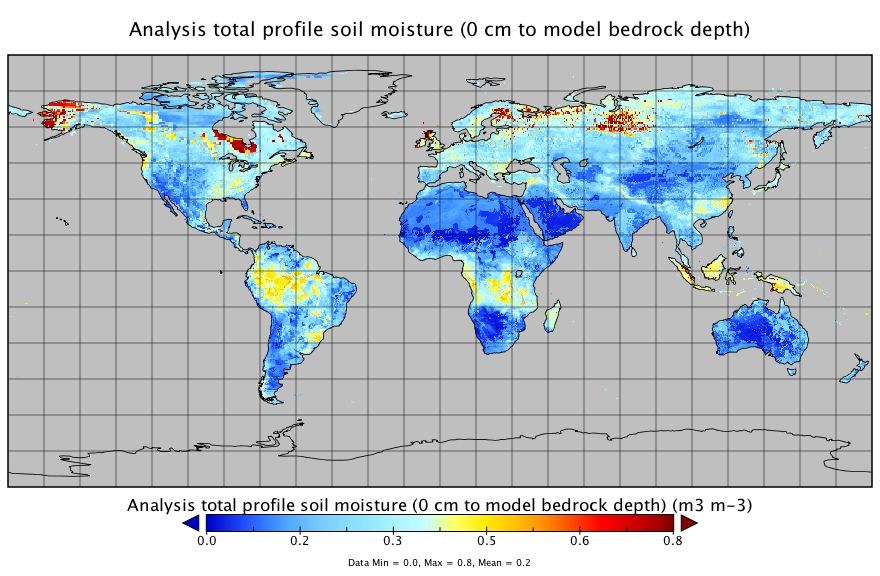Easy access to the NASA HDF products via OPeNDAP’s Hyrax
MuQun (Kent) Yang, The HDF Group
Many NASA HDF and HDF5 data products can be visualized via the Hyrax OPeNDAP server through Hyrax’s HDF4 and HDF5 handlers. Now we’ve enhanced the HDF5 OPeNDAP handler so that SMAP level 1, level 3 and level 4 products can be displayed properly using popular visualization tools.
Organizations in both the public and private sectors use HDF to meet long term, mission-critical data management needs. For example, NASA’s Earth Observing System, the primary data repository for understanding global climate change, uses HDF. Over the lifetime of the project, which began in 1999, NASA has stored 15 petabytes of satellite data in HDF which will be accessible by NASA data centers and NASA HDF end users for many years to come.
In a previous blog, we discussed the concept of using the Hyrax OPeNDAP web server to serve NASA HDF4 and HDF5 products. Each year, The HDF Group has enhanced the HDF4 and HDF5 handlers that work within the Hyrax OPeNDAP framework to support all sorts of NASA HDF data products, making them interoperable with popular Earth Science tools such as NASA’s Panoply and UCAR’s IDV. The Hyrax HDF4 and HDF5 handlers make data products display properly using popular visualization tools.
For those who are familiar with the NASA HDF product family, you may know there are many different “flavors” of HDF files for which The HDF Group has added support. These include satellite swath files that follow the HDF-EOS data model, such as MODIS level 1 calibrated radiance data, and files that simply use the HDF4 data models, such as TRMM (tropical rainfall data). Use this link to see all the NASA products supported by the HDF4 handler.
The NASA Earth Science satellite products primarily use HDF5. Again, among the HDF5 products, these also have different “flavors,” for which The HDF Group Earth Science team has added Hyrax handler support in the past. The satellite products include atmospheric chemistry instruments Aura MLS, OMI and TES that follow HDF-EOS data model, and some NASA MEaSUREs products that follow the netCDF-4 data model. For all the NASA products supported by the HDF5 handler, use this link.
NASA’s important new Soil Moisture Active Passive (SMAP) mission is designed to measure soil moisture to help scientists improve their understanding of how water and carbon circulate. It can also help monitor drought, predict floods, assess snow and ice cover and crop productivity, and improve weather forecasting. The Earth Science team at The HDF Group has now enhanced the HDF5 handler to support SMAP data, and this is included in OPeNDAP’s newest release of Hyrax 1.13.0. This enhancement will now allow SMAP level 1, level 3 and level 4 products to be displayed properly by visualization tools like Panoply (image below).

The total profile of global soil moisture from a SMAP level 4 product. This figure is generated by NASA’s Panoply visualization tool via the Hyrax HDF5 OPeNDAP web service
The staff at The HDF Group endeavor to do our best to serve the NASA HDF Data Center and user communities through our HDF5 and HDF4 Hyrax module work. These efforts will help keep data accessible for many years to come.
We anticipate that there will be an increasing number of similar NASA data products based on HDF5, making these Hyrax modules all the more useful in the future. Please let us know if you have suggestions or questions about the HDF5 OPeNDAP Hyrax modules.
Panoply visualization software http://www.giss.nasa.gov/tools/panoply/
OPeNDAP’s Hyrax http://www.opendap.org/download/hyrax